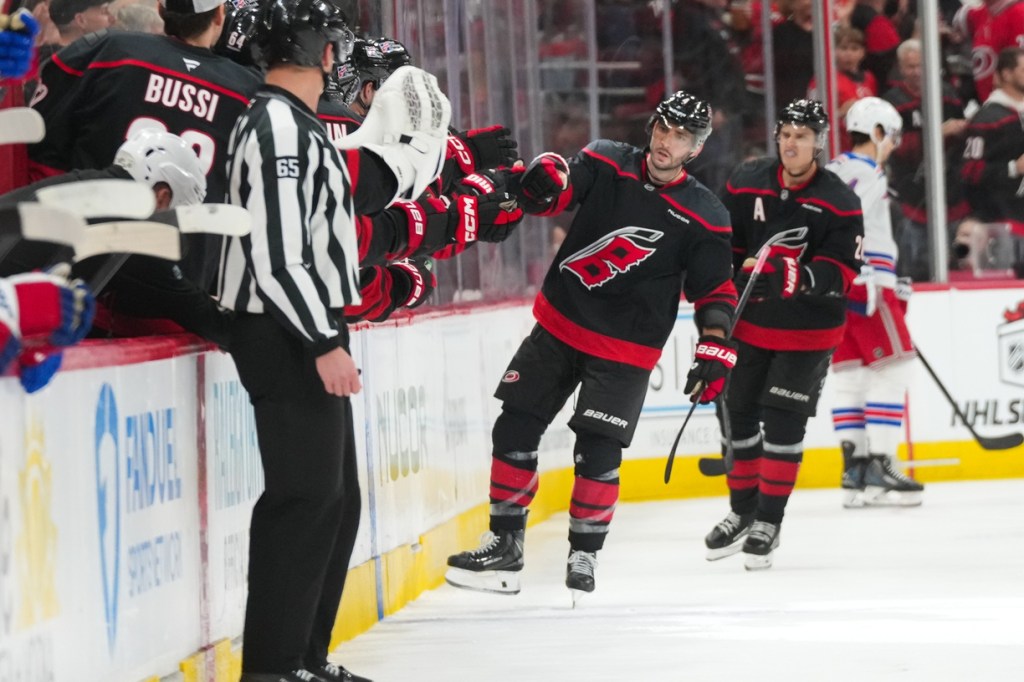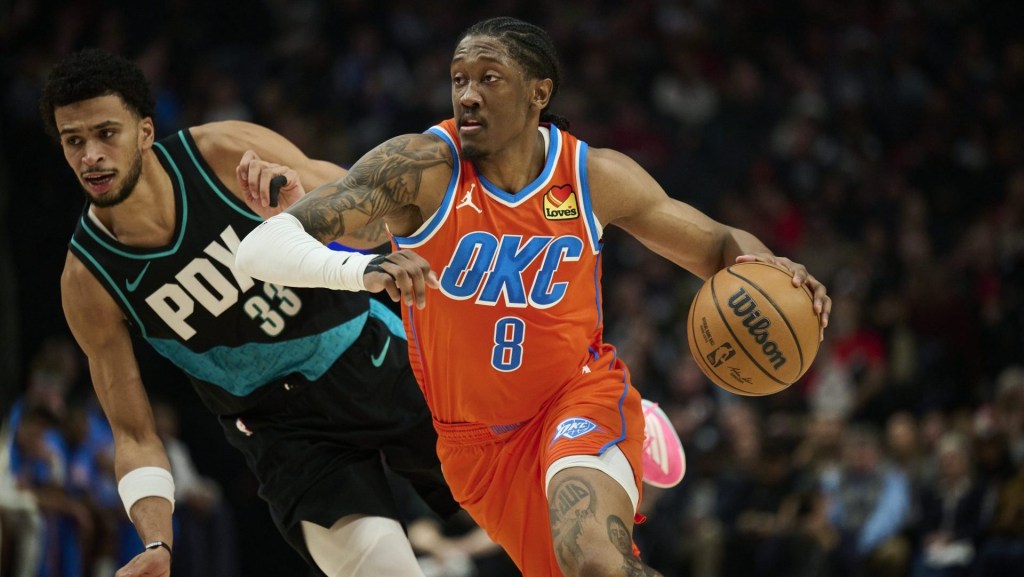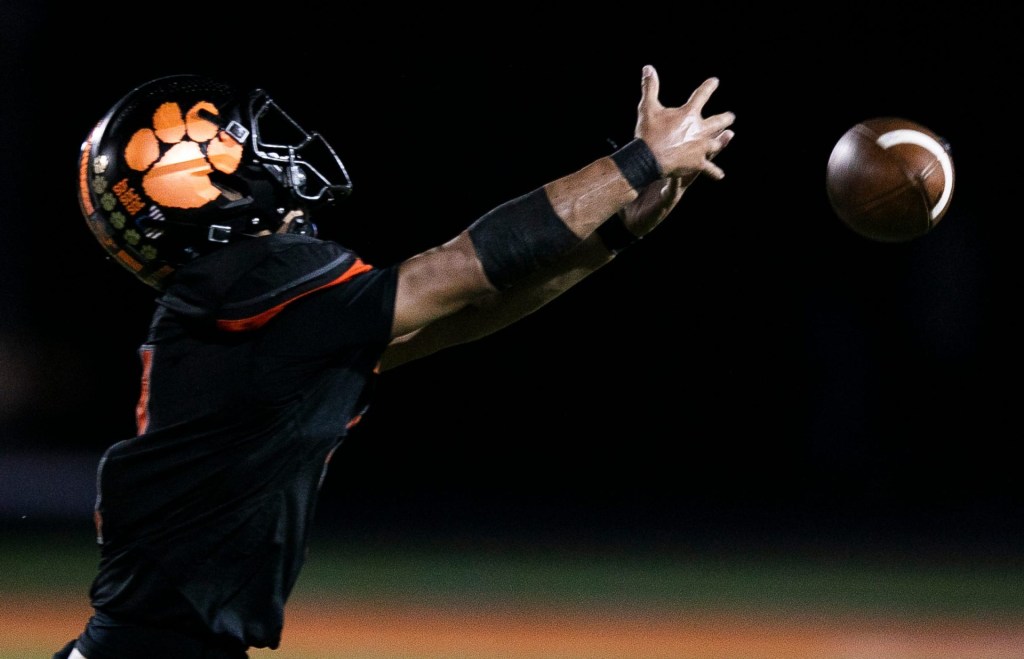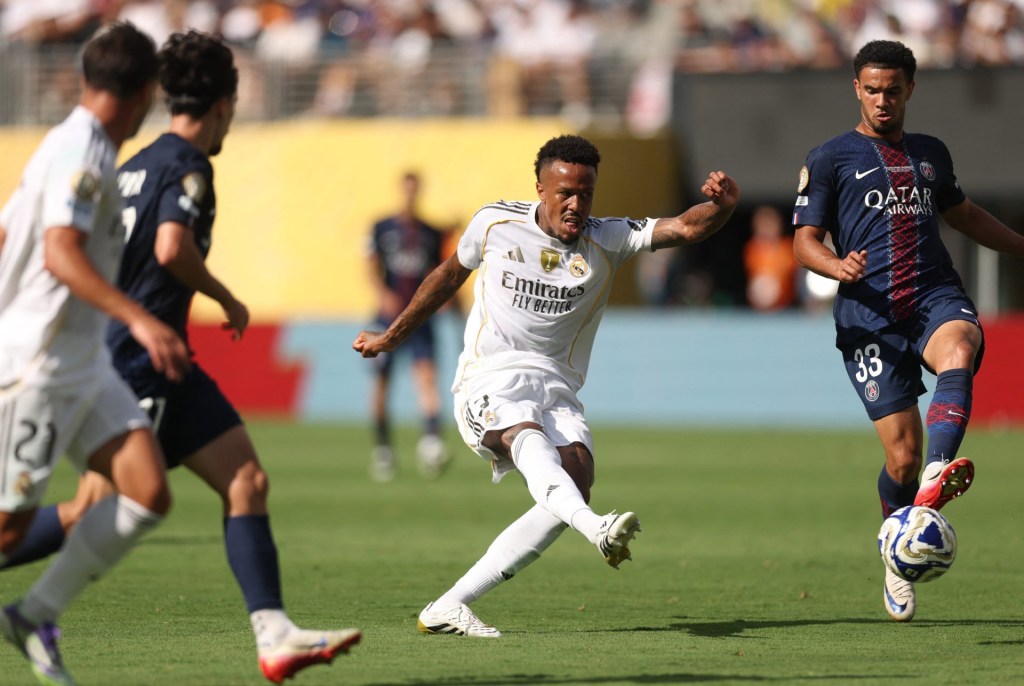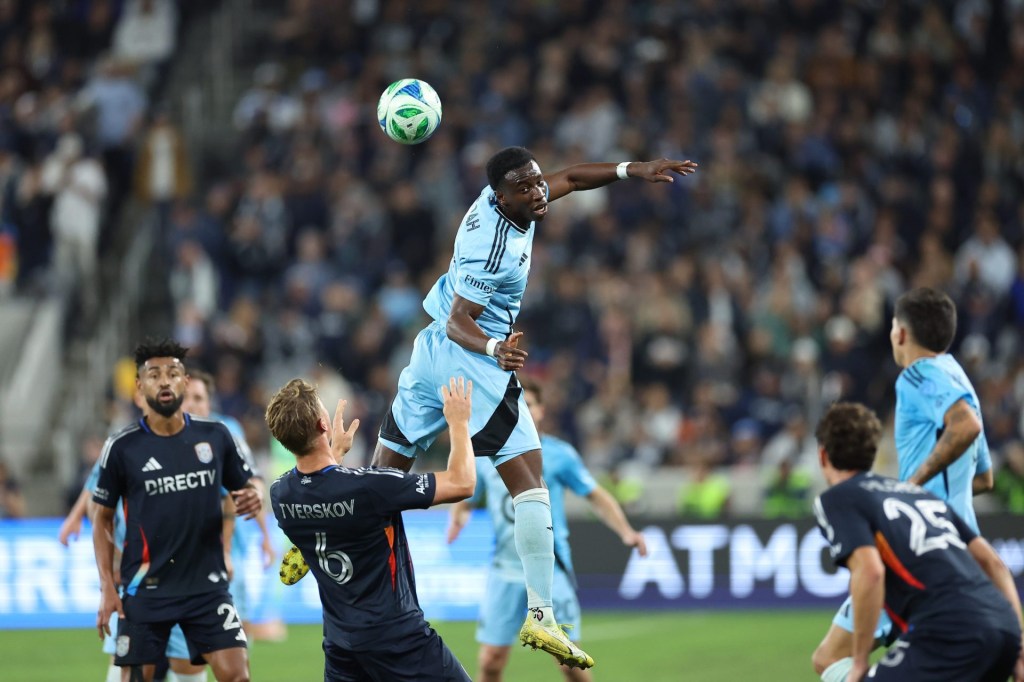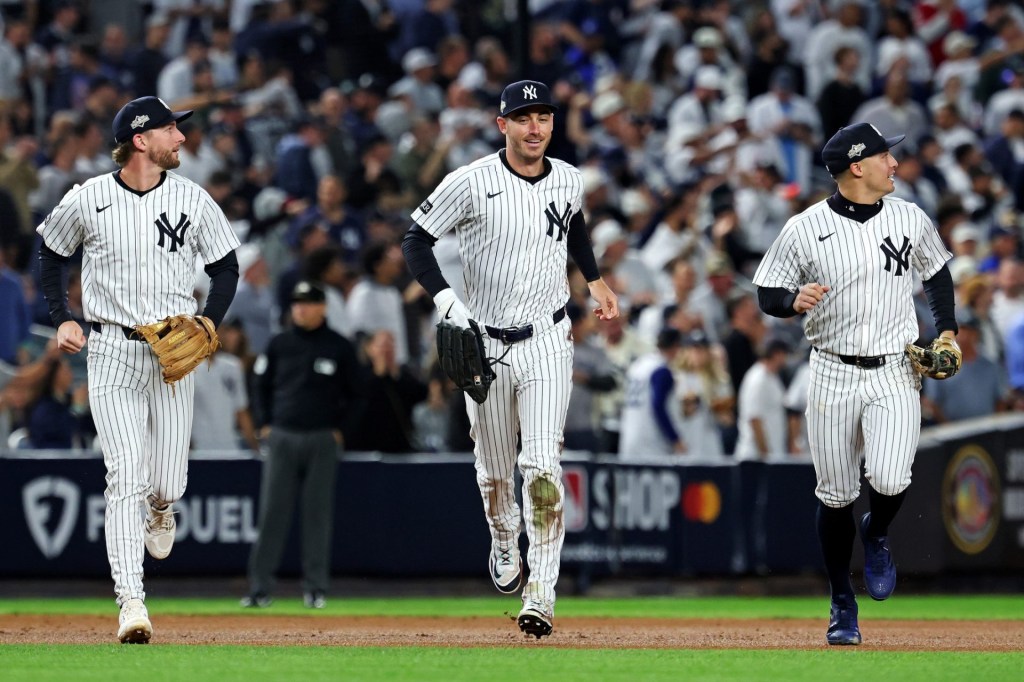The United States men’s national team is playing in a major international tournament this summer, but it isn’t on the radar of many fans outside of the bleeding-heart contingent. The hype surrounding the Concacaf Gold Cup has been muted—and also swallowed whole by a historically bloated soccer calendar.
As the USMNT’s biggest regional competition, it’s an important event that the U.S. has won seven times, last lifting the trophy in 2021. The tournament, played every other year, takes place from June 14 to July 6 across 13 stadiums in the U.S. and one in Vancouver.
Sixteen Concacaf member nations are scheduled to compete across 31 matches. In the past, the Gold Cup has roped in casual viewers alongside the team’s devotees. But this year, the marketplace is crowded; the USMNT’s stars are sitting out; and the U.S. has little on the line, having already qualified for the men’s 2026 FIFA World Cup as host.
The Gold Cup takes place amid a full slate of soccer competitions crisscrossing the country, including Major League Soccer’s regular season and the Premier League Summer Series. The biggest rival is the Club World Cup—featuring the star power of Real Madrid, Juventus, and Chelsea—which is kicking off the same weekend on the U.S. East Coast. Inter Miami will be there, too—and Club World Cup tickets have fallen so sharply, fans can see Lionel Messi for $4. All this soccer is swarming North America mere weeks after a grueling nine-month campaign ended for European clubs in May.
Soccer fans’ attention—and their dollars—are being pulled in all directions.
The fixture congestion complicates U.S. Soccer’s quest to grab the spotlight. “It’s going to be incredibly hard for the U.S. to sell this competition,” says Nick Watanabe, a professor of sports and entertainment management at the University of South Carolina. Plus, the fact that the USMNT plays the event every other year means the novelty of the biannual Gold Cup has worn thin, he tells Front Office Sports: “Because we play it so often, it makes it hard to sell, especially when you have 100 [other] matches packed into a month.”

It doesn’t help that new USMNT head coach Mauricio Pochettino is working with a threadbare roster.
Fullback Antonee Robinson underwent knee surgery last month after his exertions with Fulham in the Premier League; midfielder Gio Reyna of Borussia Dortmund and the Juventus duo of forward Tim Weah and midfielder Weston McKennie are playing in the Club World Cup; AC Milan midfielder Yunus Musah is also missing play for personal reasons. And then there’s Christian Pulisic—for some viewers, the only recognizable name. The USMNT’s crown prince and AC Milan forward is controversially sitting out the Gold Cup, much to the dismay and anger of pundits like Landon Donovan, who recently ripped Pulisic’s decision to rest after two injury-laden seasons in Italy.
These games, absent the draw of the USMNT’s best players, will be played in colossal arenas. The Gold Cup’s venues are largely NFL mega-stadiums, including the 80,000-seat AT&T Stadium in Arlington, Texas. Tickets are still available, and according to ticketing marketplace TickPick, average prices for USMNT matches have fallen around $30 throughout the past month. The U.S. hasn’t done itself any favors in the lead-up to the tournament kickoff: It dropped its table-setter friendly match against Switzerland 4–0. The ongoing back-and-forth about Pulisic’s absence is drawing negative attention as well.
The timing for anemic crowds doesn’t help the hype machine for the U.S. as it prepares to host the World Cup. It’s not lost on some USMNT fans, who have griped about poor attendance at past tournaments.
Yet while it’s true that the Gold Cup is a dress rehearsal for the USMNT ahead of the sport’s biggest spectacle—and the U.S. cares about the result—the organization isn’t treating the tournament with a lot of promotional urgency, says a source inside U.S. Soccer, who spoke to FOS on the condition of anonymity.
The bulk of promotion is paid for and coordinated by Concacaf, and although U.S. Soccer has drawn attention to the tournament on social media and made players and coaches available for interviews, they haven’t made an overwhelming publicity push. The source adds they also aren’t worried that poor attendance could hamper their growth, especially in the lead-up to the World Cup.
In fact, spirits around the financials of U.S. Soccer are just fine, according to the source.
Business is, indeed, humming along. U.S. Soccer began managing its own commercial rights in 2023, and quickly secured a raft of A-list sponsors such as Coca-Cola, Nike, and Visa. Last year, the nonprofit netted $196 million in operating revenue, though it still recorded $190 million in expenses. In the grand scheme, a $6 million profit is not much, but it was the first time U.S. Soccer posted a profit since 2018, and it was largely driven through $102 million in sponsorship revenue, according to U.S. Soccer’s Form 990. Ahead of the Gold Cup, the organization also announced a multiyear sponsorship with American Airlines to produce social content from Gold Cup highlights to drum up interest in the World Cup.
It is expecting the World Cup to be a gold mine in terms of attendance, commercial rights, and media deals—making this Concacaf event just a whisper in the larger financial picture for the organization. Even if the Gold Cup’s reception is ultimately lukewarm and the national team disappoints, U.S. Soccer has its eyes on another prize, anyway.

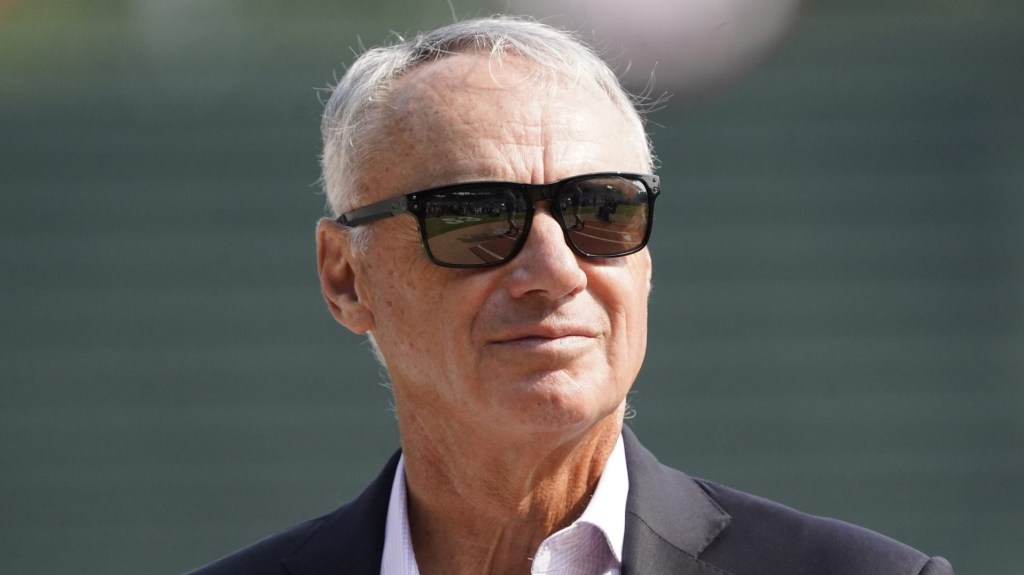
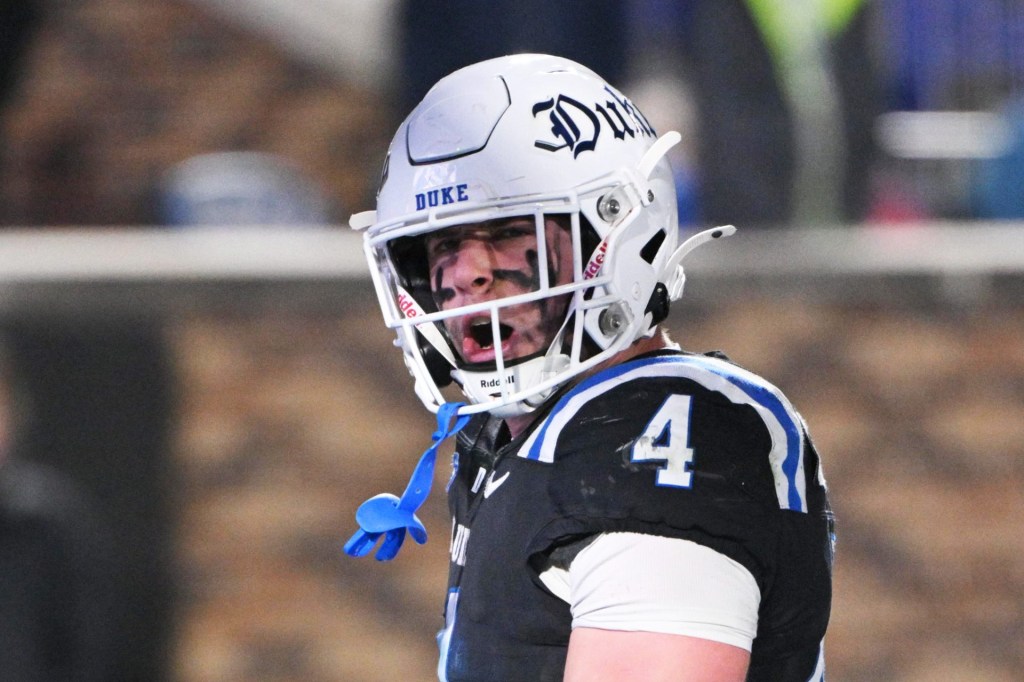
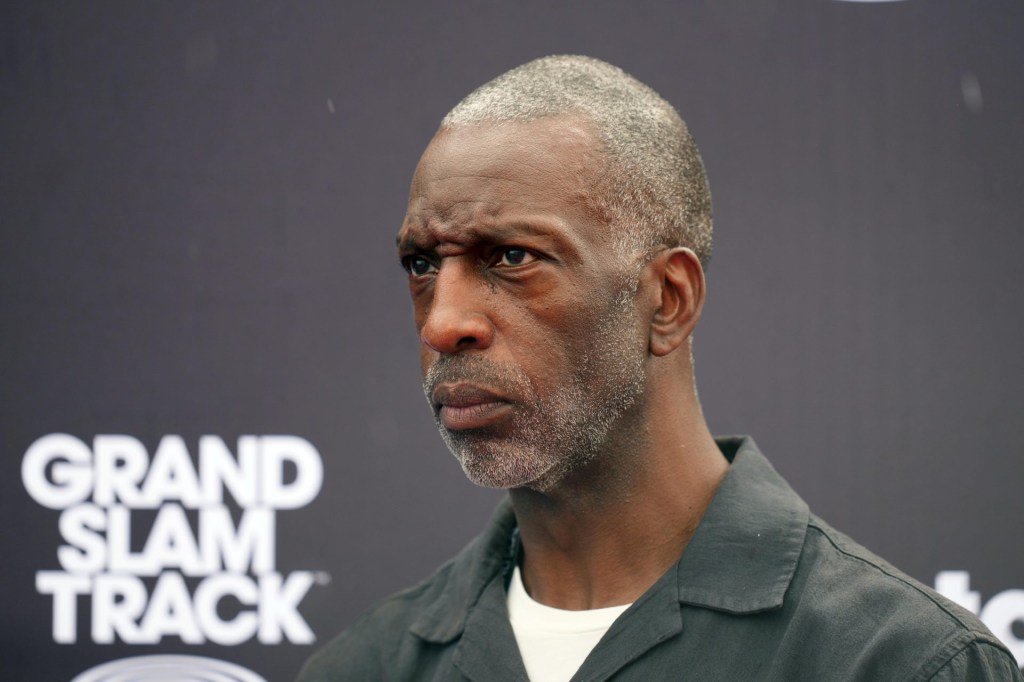
![[US, Mexico & Canada customers only] Dec 5, 2025; Washington, District of Columbia, USA; United States of America President Donald Trump, FIFA President Gianni Infantino and Canada Prime Minister Mark Carney watch from the stands during the FIFA World Cup 2026 Final Draw at John F. Kennedy Center for the Performing Arts.](https://frontofficesports.com/wp-content/uploads/2025/12/USATSI_27745262_168416386_lowres-scaled.jpg?quality=100&w=1024)




